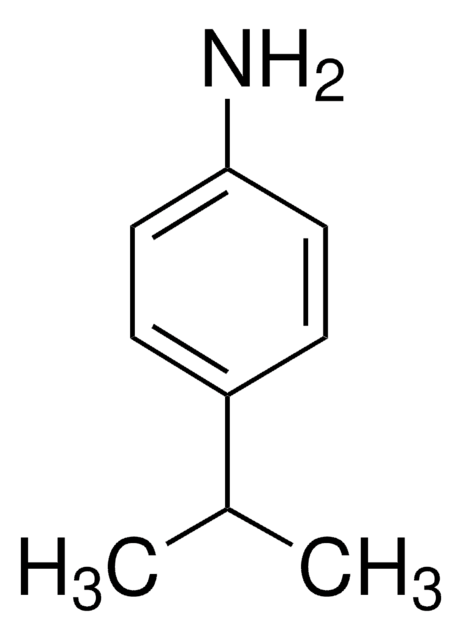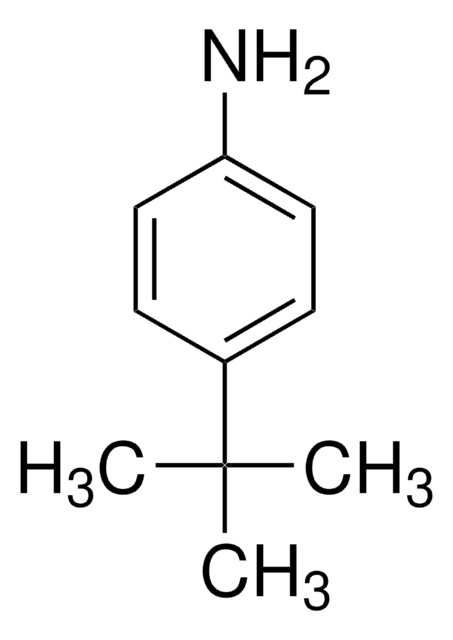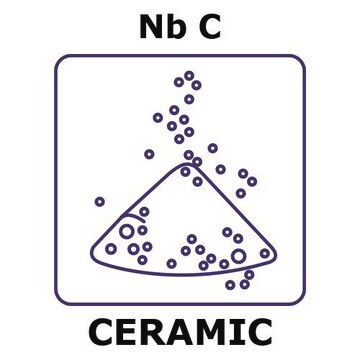203122
Copper
powder, 99.999% trace metals basis
Synonyme(s) :
Cu powder
About This Item
Produits recommandés
Pureté
99.999% trace metals basis
Forme
powder
Résistivité
1.673 μΩ-cm, 20°C
Point d'ébullition
2567 °C (lit.)
Pf
1083.4 °C (lit.)
Densité
8.94 g/mL at 25 °C (lit.)
Chaîne SMILES
[Cu]
InChI
1S/Cu
Clé InChI
RYGMFSIKBFXOCR-UHFFFAOYSA-N
Description générale
Application
Caractéristiques et avantages
✔ Consistent quality
✔ Ultra high purity
✔ Available to scale up: bulk and pilot scale
Mention d'avertissement
Danger-Danger
Mentions de danger
Classification des risques
Aquatic Acute 1 - Aquatic Chronic 1 - Flam. Sol. 1
Code de la classe de stockage
4.1B - Flammable solid hazardous materials
Classe de danger pour l'eau (WGK)
WGK 2
Point d'éclair (°F)
212.0 °F
Point d'éclair (°C)
100 °C
Équipement de protection individuelle
Eyeshields, Gloves, type P3 (EN 143) respirator cartridges
Listes réglementaires
Les listes réglementaires sont principalement fournies pour les produits chimiques. Seules des informations limitées peuvent être fournies ici pour les produits non chimiques. L'absence d'indication signifie qu'aucun des composants n'est répertorié. Il incombe à l'utilisateur de s'assurer de l'utilisation sûre et légale du produit.
EU REACH Annex XVII (Restriction List)
Faites votre choix parmi les versions les plus récentes :
Déjà en possession de ce produit ?
Retrouvez la documentation relative aux produits que vous avez récemment achetés dans la Bibliothèque de documents.
Les clients ont également consulté
Articles
Permanent magnets are an essential technology for energy conversion. Motors and generators are used to convert energy between electrical and mechanical forms.
Spectral conversion for solar cells is an emerging concept in the field of photovoltaics, and it has the potential to increase significantly the efficiency of solar cells. Lanthanide ions are ideal candidates for spectral conversion, due to their high luminescence efficiencies and rich energy level structure that allows for great flexibility in the upconversion and downconversion of photons in a wide spectral region (NIR-VIS-UV).
Notre équipe de scientifiques dispose d'une expérience dans tous les secteurs de la recherche, notamment en sciences de la vie, science des matériaux, synthèse chimique, chromatographie, analyse et dans de nombreux autres domaines..
Contacter notre Service technique






